15 U.S. Highways You May Want To Avoid For A Safer Road Trip

Nothing ruins a good road trip like a highway that feels like a real-life video game—dodging potholes, swerving around reckless drivers, and praying your GPS doesn’t bail on you. If avoiding endless construction zones and bumper-to-bumper frustration sounds like a win, keep reading. Here are 15 highways that might be the ones you’d rather skip for a safer, smoother adventure.
U.S. Route 1
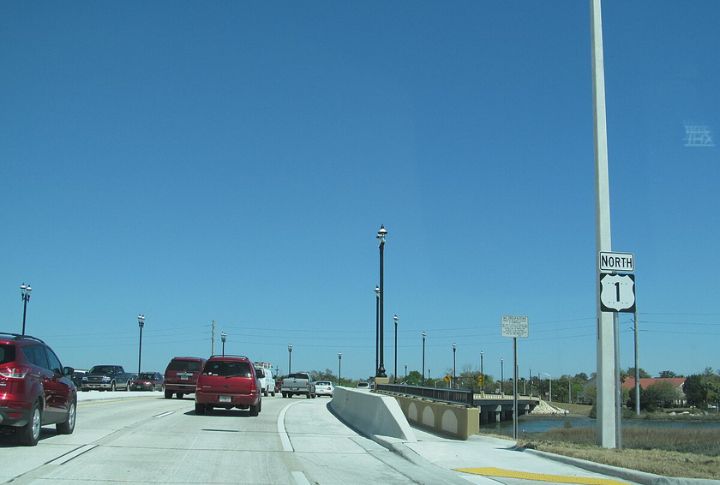
U.S. 1’s sheer length makes it both scenic and risky. Spanning from the southernmost tip of Florida to Maine, heavy traffic and constant roadwork lead to dangerous driving conditions. Accidents are frequent, particularly near bustling cities like Miami and New York.
U.S. Route 66
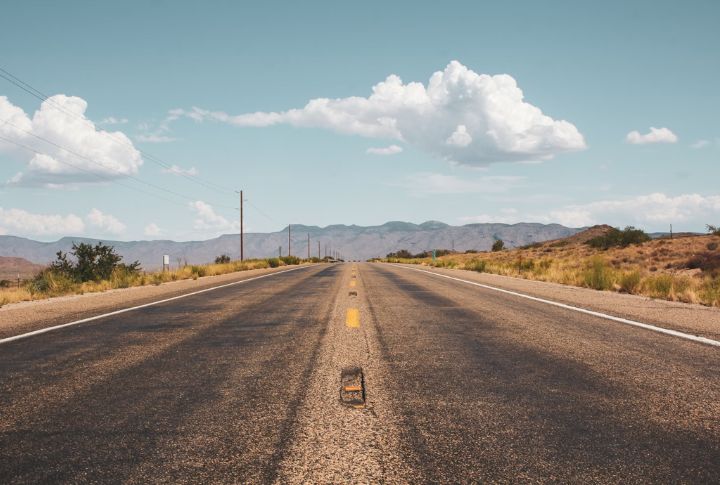
Route 66, though iconic, features narrow lanes and aging infrastructure. Stretching through desolate stretches and ghost towns, it’s prone to potholes, and the lack of services in remote areas can be dangerous. Consider alternative routes for a smoother, safer experience on this highway.
U.S. Route 20
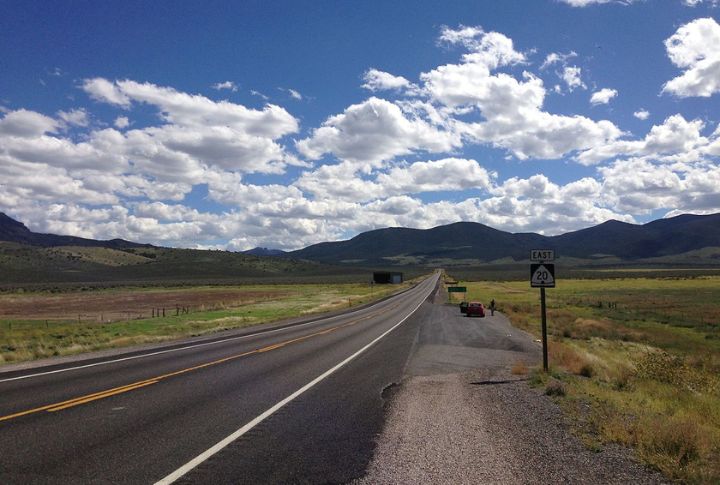
The longest U.S. highway, U.S. 20, often lacks sufficient traffic control, especially in rural stretches. Its winding roads and mountainous terrain increase the risk of accidents. Driving late at night or in poor weather conditions can be particularly hazardous—proceed cautiously through this expansive route.
U.S. Route 9
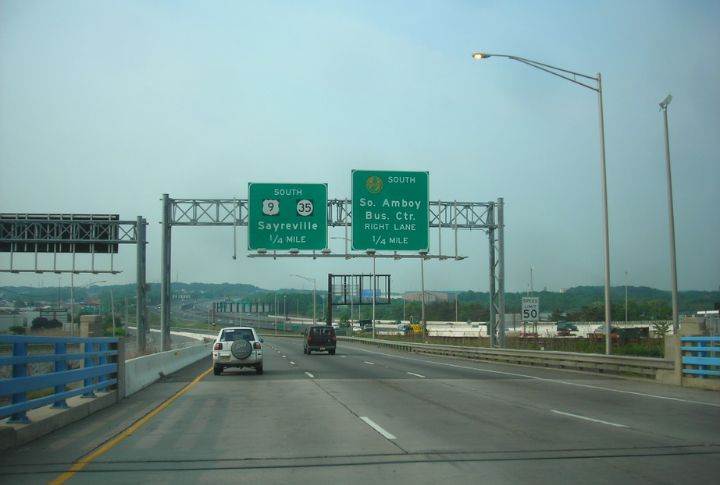
U.S. 9, often likened to the “Garden State Parkway’s companion,” offers scenic views. This highway’s path crosses through busy New Jersey towns and Maine’s rural roads. These roads possess frustrating situations like heavy Jersey Shore traffic.
U.S. Route 101
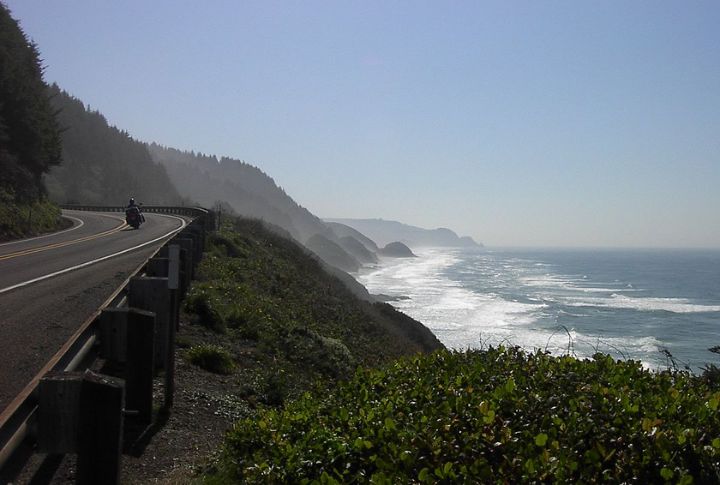
From the Pacific Coast to northern California, U.S. 101’s scenic views come at a cost. Curvy roads, coastal fog, and heavy tourist traffic make this highway prone to accidents. Its narrow lanes and sharp turns in rural stretches (like Northern California and Oregon) are an added risk, particularly during peak travel seasons.
U.S. Route 87
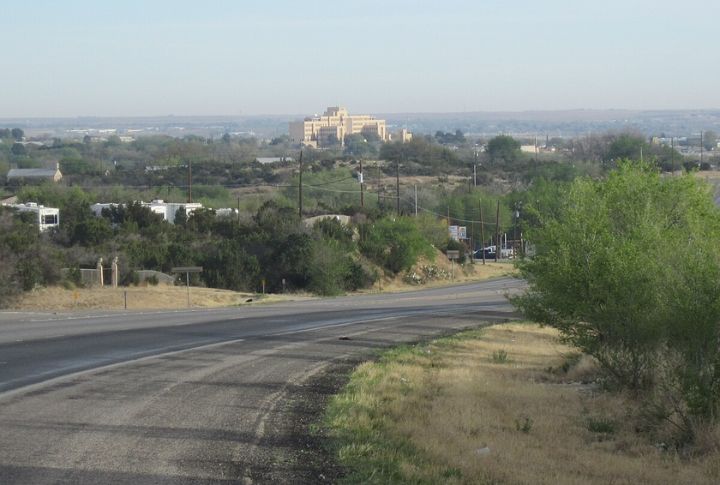
While U.S. 87 crosses some beautiful scenes, parts of it are plagued by outdated roads and weather conditions that make driving treacherous. Especially in winter, icy stretches and poor visibility can lead to accidents. It’s best to avoid adverse conditions or plan for slower speeds.
U.S. Route 40

Running across various states, U.S. 40 presents several hazards, particularly in mountainous regions where roads become winding and steep. With limited cell service and repair stations in remote areas, breakdowns can be dangerous. Make sure your vehicle is in top condition before hitting this route.
U.S. Route 90
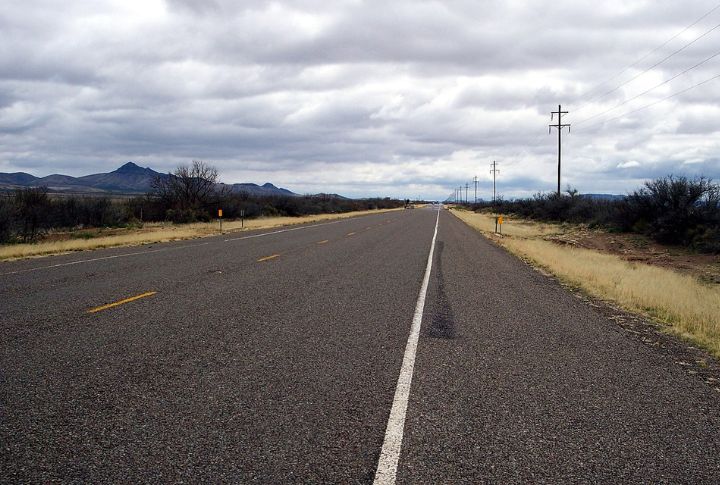
Heavy traffic and frequent flooding make U.S. 90 a risky route. Certain stretches of this highway are prone to natural disasters like hurricanes and floods, making it more dangerous during specific seasons. Stay updated on weather forecasts and avoid them during stormy periods for safer travel.
U.S. Route 129
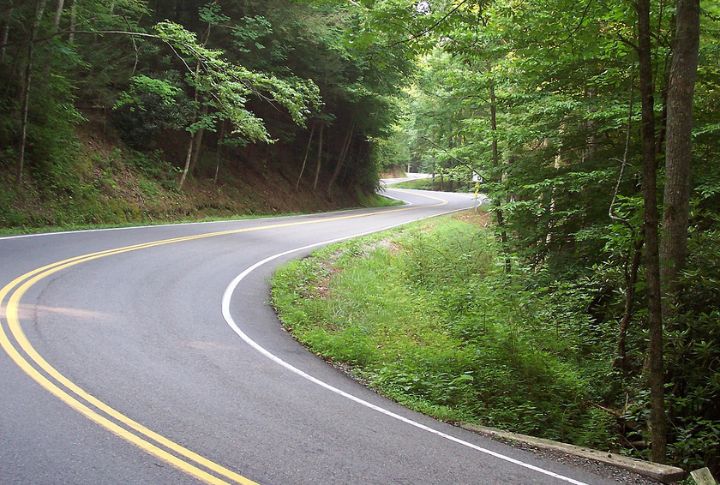
The “Tail of the Dragon” is famed for its 318 curves over 11 miles. Despite being a popular destination for motorcyclists and car enthusiasts, the sharp turns and narrow roads make this stretch highly dangerous. Drive cautiously and be aware of the accidents in this extreme region.
U.S. Route 301
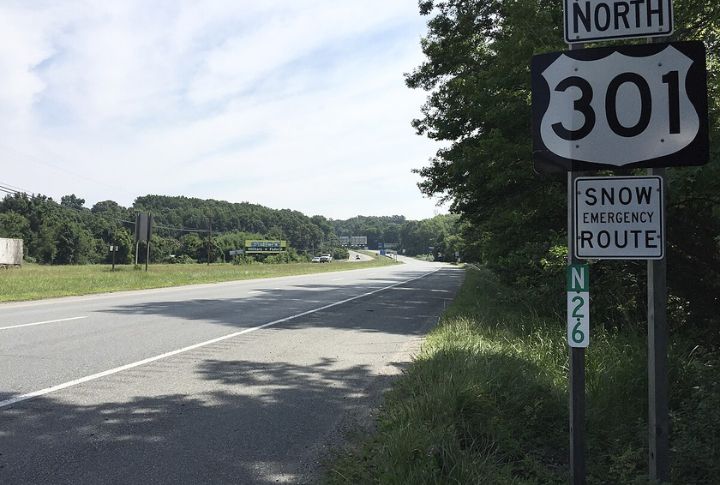
Not as famous as other U.S. highways, U.S. 301 has a reputation for being a safety risk. This road runs parallel to major interstates and includes several poorly lit sections. With narrow lanes and occasional turns, it’s easy to see why this highway can challenge the drivers after dark.
U.S. Route 50

U.S. 50 is also known as “The Loneliest Road,” as it stretches 3,073 miles through desolate deserts, mountains, and remote towns. While scenic, its isolated stretches leave drivers with minimal assistance if something goes wrong. So, be prepared for long stretches without fuel stations or services.
U.S. Route 54
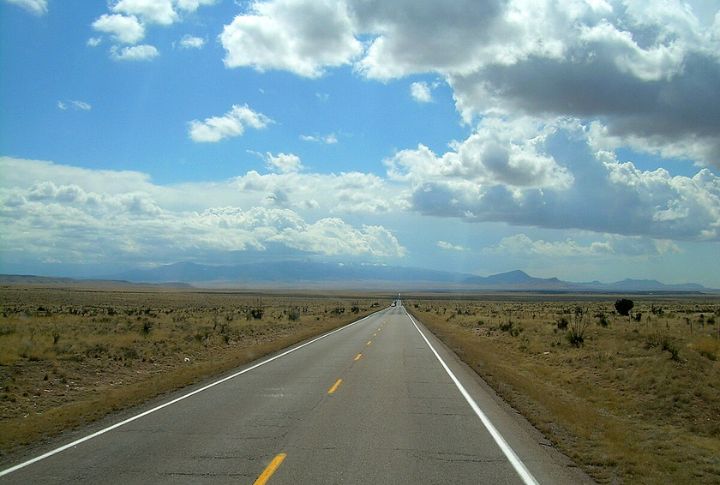
U.S. 54 offers sweeping views of the plains and small towns but comes with significant hazards. Often poorly lit at night, its wide-open stretches are prone to high-speed accidents. The lack of guardrails in many of its rural sections can make driving in bad weather even more treacherous.
U.S. Route 27
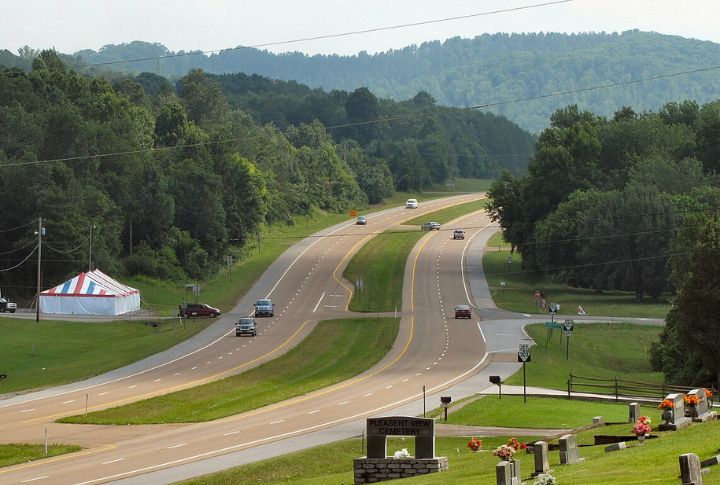
This one cuts through several midwestern and southern states, providing access to some major cities. However, this highway’s mix of narrow lanes, high traffic volumes, and poorly maintained areas can make driving stressful. Rural parts of the route also lack emergency services, so prepare ahead to stay safe.
U.S. Route 83
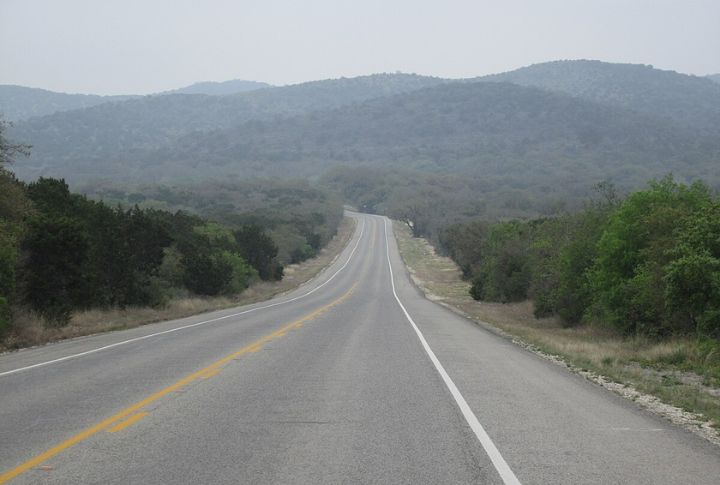
Stretching from the southern U.S. to the northern plains, U.S. 83 connects vast agricultural lands. Unfortunately, the wide-open sections often encourage speeding, leading to dangerous accidents. Plus, parts of the highway lack proper signage or shoulders, making it a risky road for long-distance drivers.
U.S. Route 6
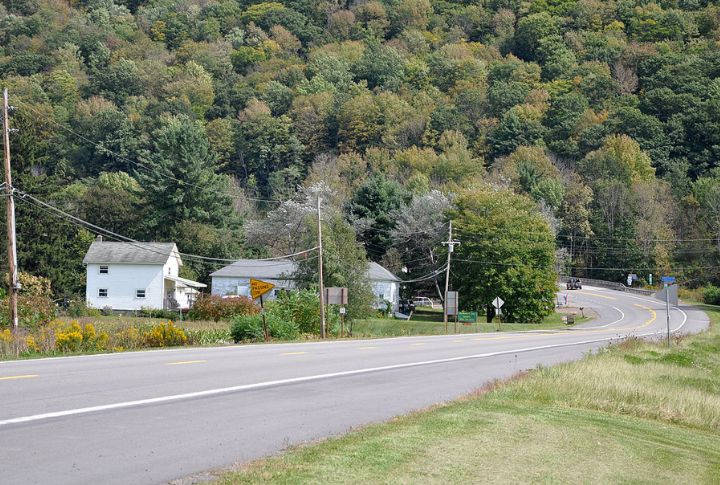
U.S. 6, the second-longest U.S. highway, features numerous driving conditions. From mountain passes to rural farmland, its winding curves (in Colorado) and remote areas increase the chance of accidents. The highway’s isolated segments, particularly in Nevada and Utah, can also feel risky.






